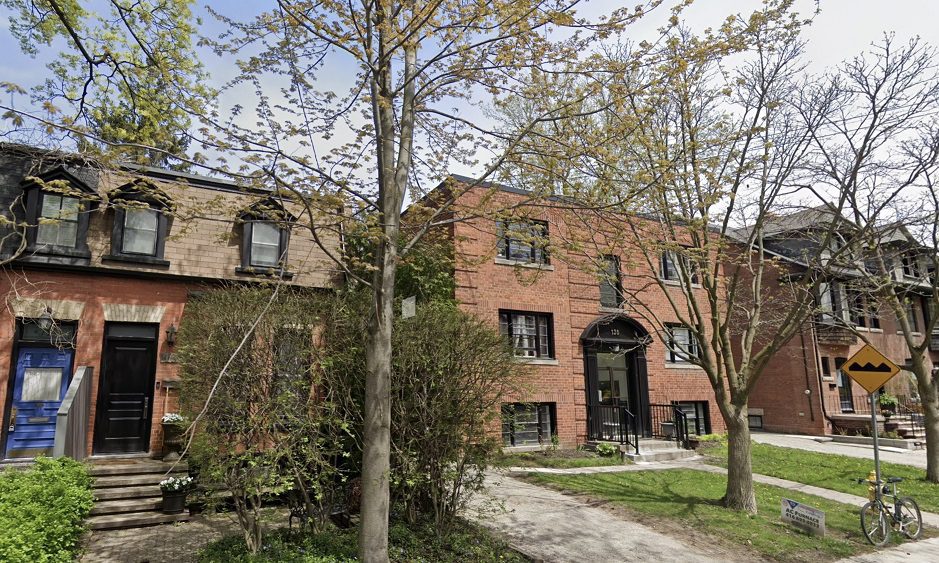Phil Pothen, Land Use and Land Development Program Manager
Toronto | Traditional territories of the Mississaugas of the Credit, the Anishinaabeg, the Haudenosaunee, and the Wendat – Ontario’s proposed Provincial Planning Statement and Cutting Red Tape to Build More Homes Act seem calculated to ensure that the Greenbelt sprawl and real estate scandal spreads and expands into a wave of suburban “Greenfield Scandals”. Bill 185 would hinder efforts to speed up housing construction by promoting the wasteful, low-density sprawl that has caused Ontario’s housing shortage.
Together, the new law and the proposed Provincial Planning Statement would effectively wipe out the protective Settlement Area Boundaries and Municipal Comprehensive Review processes that prevent low-density sprawl from destroying what remains of farmland and natural areas outside the Greenbelt. Under the proposed Provincial Policy Statement, land speculators could demand at any time that farmland, wetlands and wildlife habitat be earmarked for sprawl development, with the new law letting them appeal any refusal. At the same time, Bill 185 would remove any expert Ontario Land Tribunal oversight of multi-billion dollar decisions by municipal council decisions to say “yes”.
These problems would be exacerbated by the proposed Act’s shifting of planning authority away from regional governments to lower tier municipalities that are smaller and more vulnerable to developer pressures.
It’s hard to think of a more enticing target for corruption than unchecked municipal decisions to approve sprawl. By rubber-stamping an application to needlessly extend a settlement boundary and bulldoze farmland or wildlife habitat, a small town councilor could confer hundreds of millions in windfall wealth upon a real estate speculator who bought up farmland at a low price. Without the prospect of having to defend the legality of an approval at the Ontario Land Tribunal, the temptation to apply and succumb to inappropriate pressures and incentives is bound to become overwhelming.
By introducing this bill, Minister Calandra is flouting the advice of his own hand-picked Housing Affordability Task Force, which recommended that restrictions on third party appeals should be limited to affordable housing developments opposed by residential NIMBYs. The minister is also ignoring this year’s Blueprint for More and Better Housing, co-authored by former federal Conservative Deputy Leader Lisa Raitt, which recommended stronger protections for natural areas as a key part of law reform measures to increase housing supply.
Even Bill 185’s “silver linings” from the point of view of environmental protection and housing supply, are less than meets the eye. For example, the government’s proposals to consult on permitting “Point Access Blocks” or “Single Egress” in the building code for buildings of up to four storeys and “advanced wood” buildings of up to 18-storeys could have been a modest and encouraging step in the right direction. That kind of building is used safely all over the world to produce livable family-sized apartments. However, such an amendment to the Ontario Building Code will have a very limited impact unless the Premier reverses his decision to leave in place the municipal zoning bans that make it illegal to actually build these types of homes on the overwhelming majority of residential lots.
ABOUT ENVIRONMENTAL DEFENCE (environmentaldefence.ca): Environmental Defence is a leading Canadian environmental advocacy organization that works with government, industry and individuals to defend clean water, a safe climate and healthy communities.
– 30 –
For more information or to request an interview, please contact:
Carolyn Townend, Environmental Defence, media@environmentaldefence.ca





